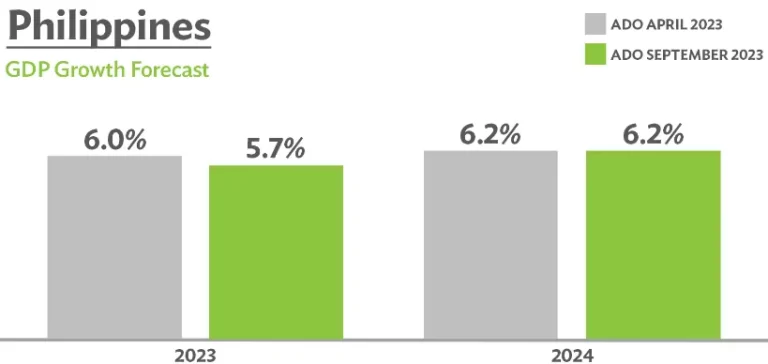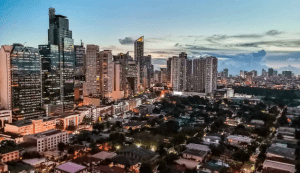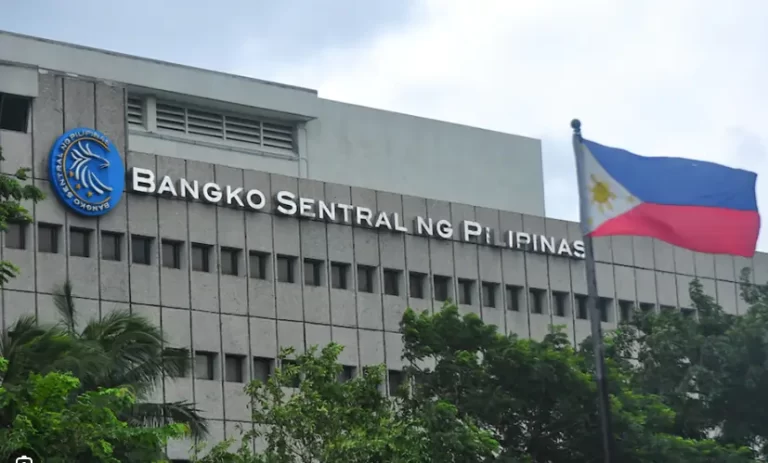The Philippine Economy Continues to Grow, Expanding by 5.9% in the Third Quarter of 2023.
According to the Philippine Statistics Authority, the economy exceeded expectations by growing at a rate of 5.9% in the third quarter, despite the high prices of goods. This rebounded from the previous quarter’s disappointing growth of 4.3%. Analysts surveyed by BusinessWorld had projected third-quarter growth to reach 4.9%.




